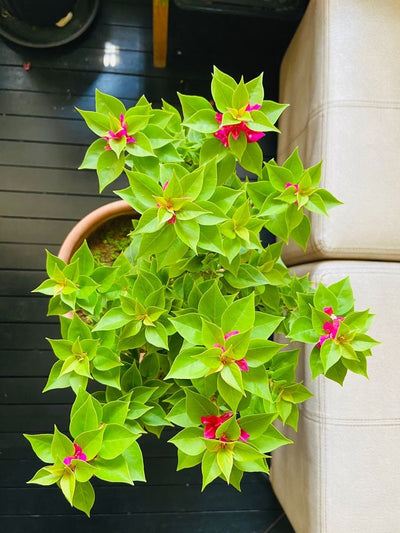Possible Waste Management Options In India

At least 50% to 55% of municipal solid waste is also a valuable resource which can be recovered profitably using different technologies through the following options of waste management.
Wealth from Waste management and Waste Segregation
The organic fraction of municipal solid waste contains biodegradable matter ranging from 30% to 55% depending upon the size of the city, income levels of citizens in India, eating habits of the population and ongoing economic activity. This organic matter can be profitably converted into useful products like organic compost (organic manure), methane gas (used for cooking, lighting, heating, production of energy) and more through the following processes:
(a) Waste to Compost
- Aerobic or Anaerobic

Composting is a process of conversion of biodegradable waste into stable mass by aerobic or anaerobic decomposition producing Carbon-di-oxide, Phosphorous, Nitrogen, Potassium etc. useful for soil fertility.
To make a sustainable waste management through composting at your commercial and residential places choose Sadabahar composter vertical garden planter tower will help the best feature of it is self fertilizing with inbuilt composter attached with planter that is available at Urban plants. it is the best solution to achive waste management.
Organic waste management is stabilized through consumption by earthworms into worm castings which is known as vermi-compost and which is used as organic compost (organic manure) in agriculture.
(b) Waste to Energy
- Refuse Derived Fuel (RDF) or Pelletization
Pelletization waste managemnt process involves segregation of incoming Organic waste into high and low calorific value materials, reducing its moisture content, shredding them separately to uniform size, mixing them together and making into pellets or briquettes which are used for producing
thermal energy.
Waste management and waste Segregation undergoes anaerobic.
digestion produces methane gas and effluent sludge. Biogas production ranges from 50 M3 to 100 M3/MT of waste. The gas is utilized for heating applications or dual fuel engines or steam turbines for generation of power. Sludge after stabilization can be used as a soil conditioner.
This waste management process is the kind of waste management Process of direct burning of solid wastes in the presence of excess air at temperature of about 8000 C to 8700C, liberating inert gases and ash, heat energy.
This waste managemnt process of thermal decomposition (composting) of organic waste for energy recovery using plasma arc torch produces temperatures between 50000C and 140000C for heating of organic waste and converting into gaseous form. The waste management process is cost-intensive and can be used for hazardous waste or bio-medical waste only.
Sanitary Landfilling

Municipal Solid waste contains 40% to 55% of the inert matter depending upon the type of city and ongoing infrastructure development activity. This inert material cannot be converted into any useful product and needs to be managed in the hygienic and scientific manner in order to prevent pollution of underground water reservoirs or surface sources in the vicinity of the town. Therefore, in waste management the residuals or unutilized or inerts from the waste processing facilities like compost or waste-to-energy plants are put into the scientifically engineered landfills to prevent
environmental pollution.




Leave a comment